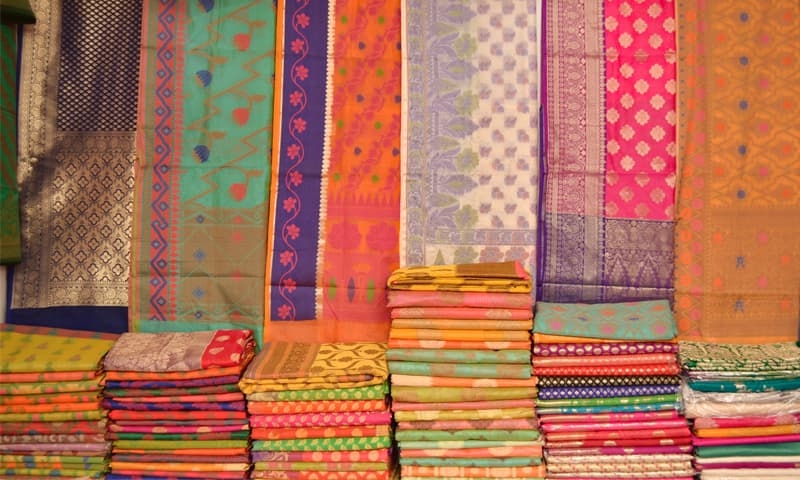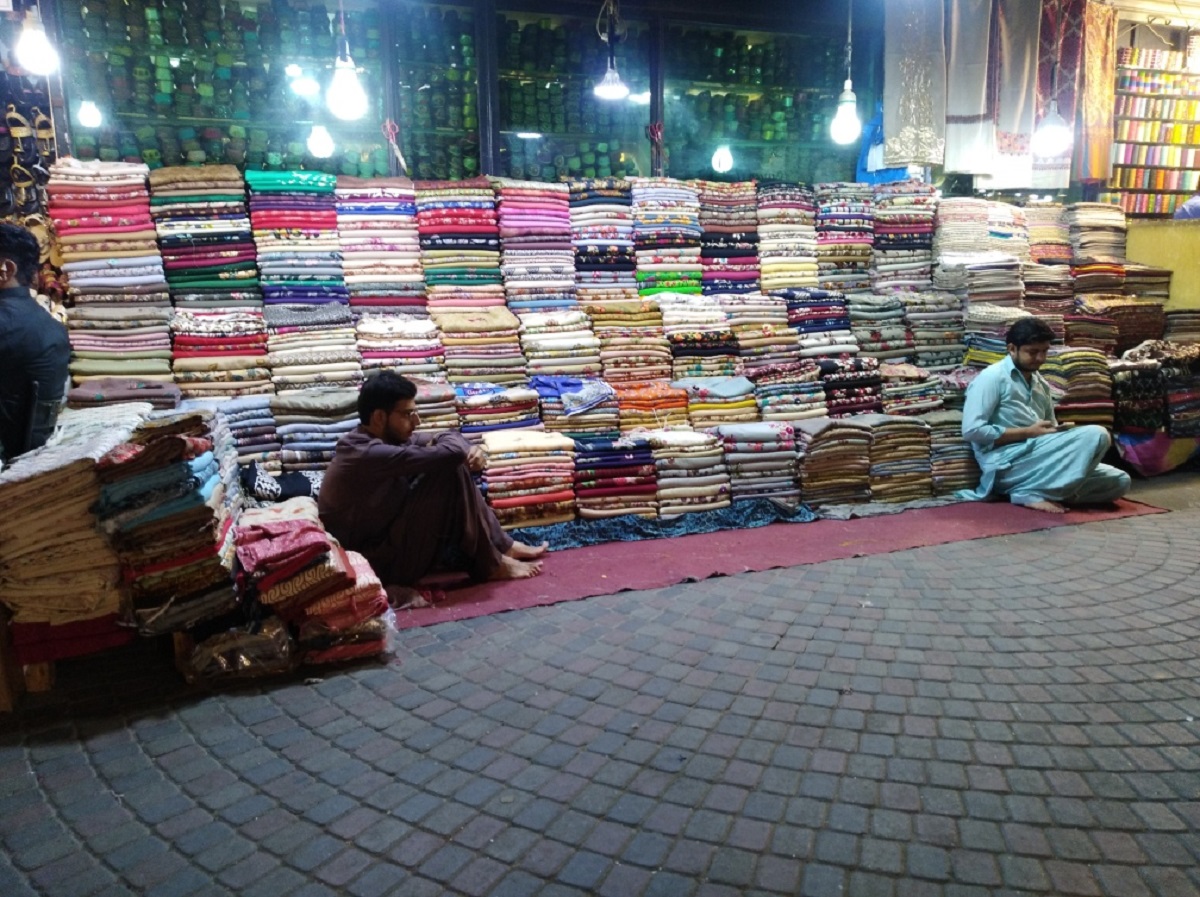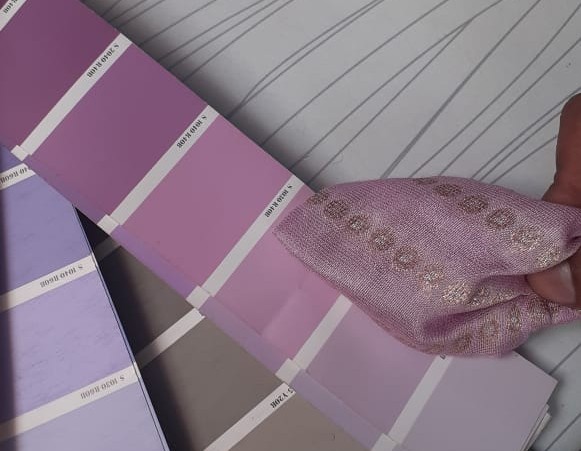My love of clothes and the materials that surround us
29 June 2021

A guest blog by UCL student Fareeha Masood
Clothing represents perhaps our most complex and personal experience with materials. We primarily consider clothing with our visual sense. Snap ‘yes-or-no’ judgements when buying clothes are driven by sight. We compliment someone’s clothing as ‘looking’ nice. And in an industry revolving around runways, editorials, and increasingly online shopping, a lot of clothing is only ever experienced visually. Yet, for the wearer, who is bound up most intimately with the material, clothes are seen only in the peripheral vision. Once worn, the way we experience clothing is dominated by the sense of touch, sometimes sound, and (hopefully not) smell. They can feel snug, comforting, protective… or restrictive and awkward. They swish and clink and rustle. Fabrics are also the barrier through which we sense many other materials: trousers impede the seat of a chair; a long dress catches on the floor surface; or more unsuspectingly, a sleeve is dampened in the crossfire of a running tap. The fabrics that drape around us become an extension of ourselves, negotiating our presence amongst other objects and surroundings.

This unavoidable and intimate relationship may be why fashion provides a creative outlet for so many. And whether we personally consider ourselves ‘fashionable’ or not, we all face the same, perennial question each morning: what to wear? Therefore, unlike other forms of art, everyone finds themselves creating fashion, at some level, too.
Through my upbringing, I’ve been exposed to other creative sides to clothing. In Pakistan’s economy, big shopping malls that carry ready-to-wear clothes are a relatively new phenomenon. Many people still have their clothes made by tailors or in the home. I have early memories of my mum taking my measurements, and a month or two later a parcel of perfectly-fitting salwar kameez would magically arrive from an aunt in Pakistan. When I had the chance to visit the country for myself, I saw the bazaars where the wizardry took place. We’d weave through open-fronted stores, picking up fabric, trims, and buttons, make a pit-stop at the craftsmen specialising in embroidery or dyeing, before handing over the materials to a tailor who would bring them to life.

However, what’s been missing for me is experiencing and understanding the exact moment when materials are transformed into something that can be worn. The hidden process when fabrics and trims and buttons are left with a tailor. The behind-the-scenes construction that goes into the clothes we choose for our wardrobe and what we see others wearing. It is in this moment that the fit and silhouette of a garment is decided, determining how a fabric will drape around us. When the clothing is finally experienced as something that is worn, will we feel comforted and protected, or restricted and awkward? How will these materials cause us to interact with our surroundings?

I’m delighted to have had the opportunity to co-create a Masterclass at the Institute of Making on pattern cutting. It will unlock that hidden moment, when fabric becomes something wearable. It is a way to experience clothing not simply by looking or wearing, but by deconstructing and reconstructing. We hope this will add another layer to your experience of clothing as a material, and new ways to be creative with them, too. In future blog posts, I’ll be sharing ideas and resources on pattern cutting and creation, and hope that we can reignite our love of dressing through better understanding fabric and the multifaceted sensorial experiences of this material.
Fareeha Masood is a Laidlaw Scholar and History student at University College London, and has co-programmed a pattern cutting event with the Institute of Making team. Fareeha finds style inspiration in museums and magazines, but also in everyday people walking the streets and catching the tube. She’s eager to see a world where everyone has the means to express their individual style, and so is conducting research into diversity and innovation in clothing design.
Image credits: 1. https://aurora.dawn.com/news/1143543; 2. F. Masood; 3. https://www.travelinfo.pk/bazaars.php; 4. F. Masood